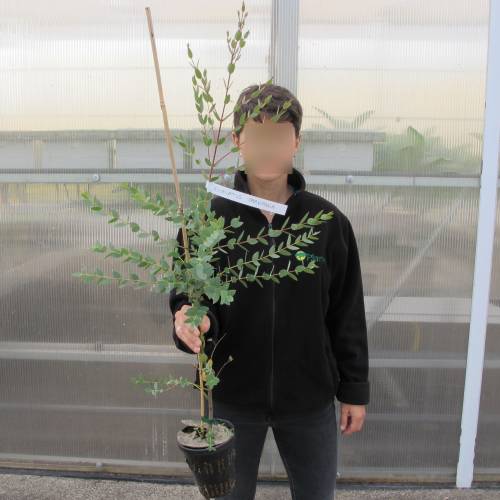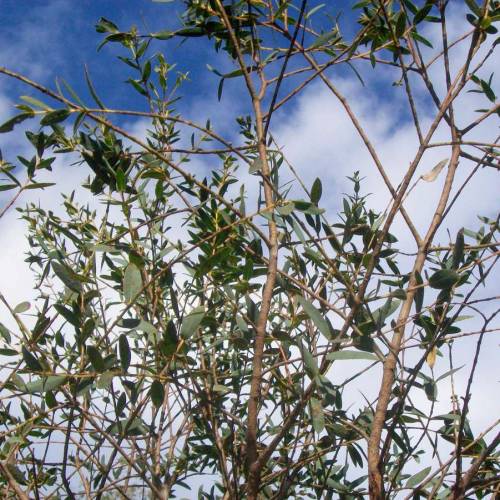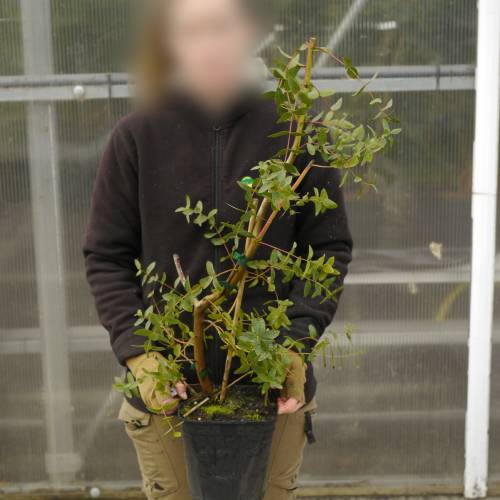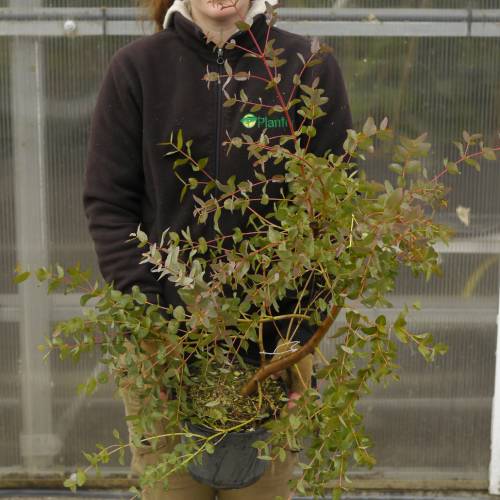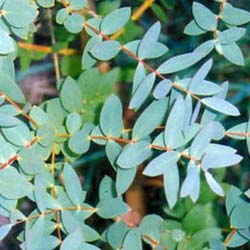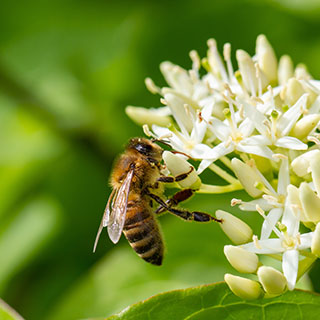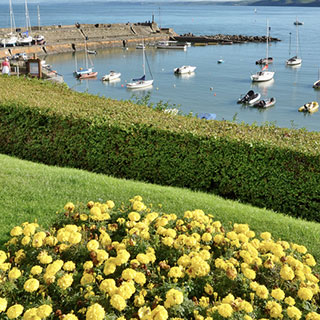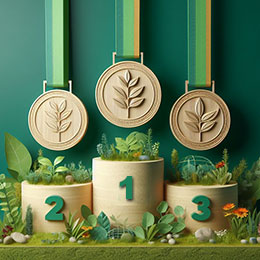
Plants
Eucalyptus Tree, Small-Leaved Gum / Eucalyptus parvifolia
-
39.00 € Small-Leaved Gum Eucalyptus Tree - Eucalyptus parvifolia
2344O - Available
-
37.39 € Small-Leaved Gum Eucalyptus Tree - Eucalyptus parvifolia
2344P - Available
-
24.44 € Small-Leaved Gum Eucalyptus Tree - Eucalyptus parvifolia
2344Q - Available
-
22.83 € Small-Leaved Gum Eucalyptus Tree - Eucalyptus parvifolia
2344R - Available
-
21.79 € Small-Leaved Gum Eucalyptus Tree - Eucalyptus parvifolia
2344S - Available
-
20.75 € Small-Leaved Gum Eucalyptus Tree - Eucalyptus parvifolia
2344T - Available
-
5.72 € Small-Leaved Gum Eucalyptus Tree - Eucalyptus parvifolia
2344J - Available
-
5.15 € Small-Leaved Gum Eucalyptus Tree - Eucalyptus parvifolia
2344L - Available
-
4.58 € Special Offer - 20%
2344JB - Available
-
4.11 € Small-Leaved Gum Eucalyptus Tree - Eucalyptus parvifolia
2344K - Available
-
3.59 € Small-Leaved Gum Eucalyptus Tree - Eucalyptus parvifolia
2344N - Available
-
3.07 € Small-Leaved Gum Eucalyptus Tree - Eucalyptus parvifolia
2344k - Available
-
2.03 € Small-Leaved Gum Eucalyptus Tree - Eucalyptus parvifolia
2344kB - Available
-
1.82 € Small-Leaved Gum Eucalyptus Tree - Eucalyptus parvifolia
2344kC - Available
-
0.40 € FERTILISER
2344A - Available
-
Geographical origins: Australia, Tasmania, Malaysia. Introduced into Europe in 1828.
Adult dimensions: Height up to 12 m, width up to 8 m.
Foliage: Evergreen.
Type of soil: Any.
Climate: Resistant up to -18°C at adult stage (a lot more sensitive to frost as a young plant).
Exposure: Full sun.
Properties and uses:
The small green- grey leaves of the Eucalyptus parvifolia are heavily scented and decorative. It is used extensively in flower arranging. It has a spreading shape, its bark is grey and cream and its adult leaves are elongated. It can be planted either as a specimen, on its own or as part of a group of Eucalyptus. Because it is smaller in size than the Eucalyptus Gunnii, it will thrive in the smaller gardens.
Jean-Michel Groult advises you
Numerous advantages
The Eucalyptus belongs to the rare category of blue-foliage trees, a characteristic which we only also find in conifers. The trunk becomes white with age which makes it look really appealing. It resists nearly everything: drought, scorching sun, sea wind and even forest fires as it can grow again from the base if its branches disappear. As for the cold-resistance side, it all the more as important as the specimen is well placed. In a pot and without any protection it will only resist to temperatures of less than -5 °C whereas a well-established specimen grown in the ground (for at least 5 years) will withstand temperatures of-15 °C and even more without suffering any damage. Add to this a rapid growth: only the giant Bamboos (Phyllostachys) grow quicker than a Eucalyptus tree! It can produce growth of 2 to 3 m during the year which is already invaluable to create a screening-hedge rapidly.
In the garden
All Eucalyptus trees are grown in the same way. Planting is done as for evergreen shrubs, that is to say without untangling the roots’ ball, but letting the pot soak in water for one hour before planting. Water regularly the young tree during its first years in summer so that its roots establish well and become self-sufficient regarding watering. This tree is able to find water several metres deep; therefore it is not recommended to plant one near underground-pipes.
If it becomes too bulky, the Eucalyptus tree can be easily be pruned. Cut the unwanted branches to gain space or pollard the main branch to encourage the specimen to grow widthways rather than height ways. This operation is vital when you wish to create a screening-hedge. You can also top the specimen in cutting all its branches 5cm from the ground: a young, highly blue foliage forms the following weeks: florists proceed this way in order to get the most beautiful Eucalyptus foliage’s to put in their flowers arrangements! In case of strong frost and in cold-areas, the Eucalyptus tree is sometimes treated as a decorative-foliage shrub, a role that also suits it very well.
In pot
Opt for a large container of at least 30L. Once the Eucalyptus has been placed into it, it is worth installing an automatic watering system as it will not be able to send its roots look for water in depth. Prune it regularly as it does not age well when grown in a pot. Cut it right back every two to three years. As for fertilisers, a supply every two to three months is sufficient, depending on the specimen’s growth.

